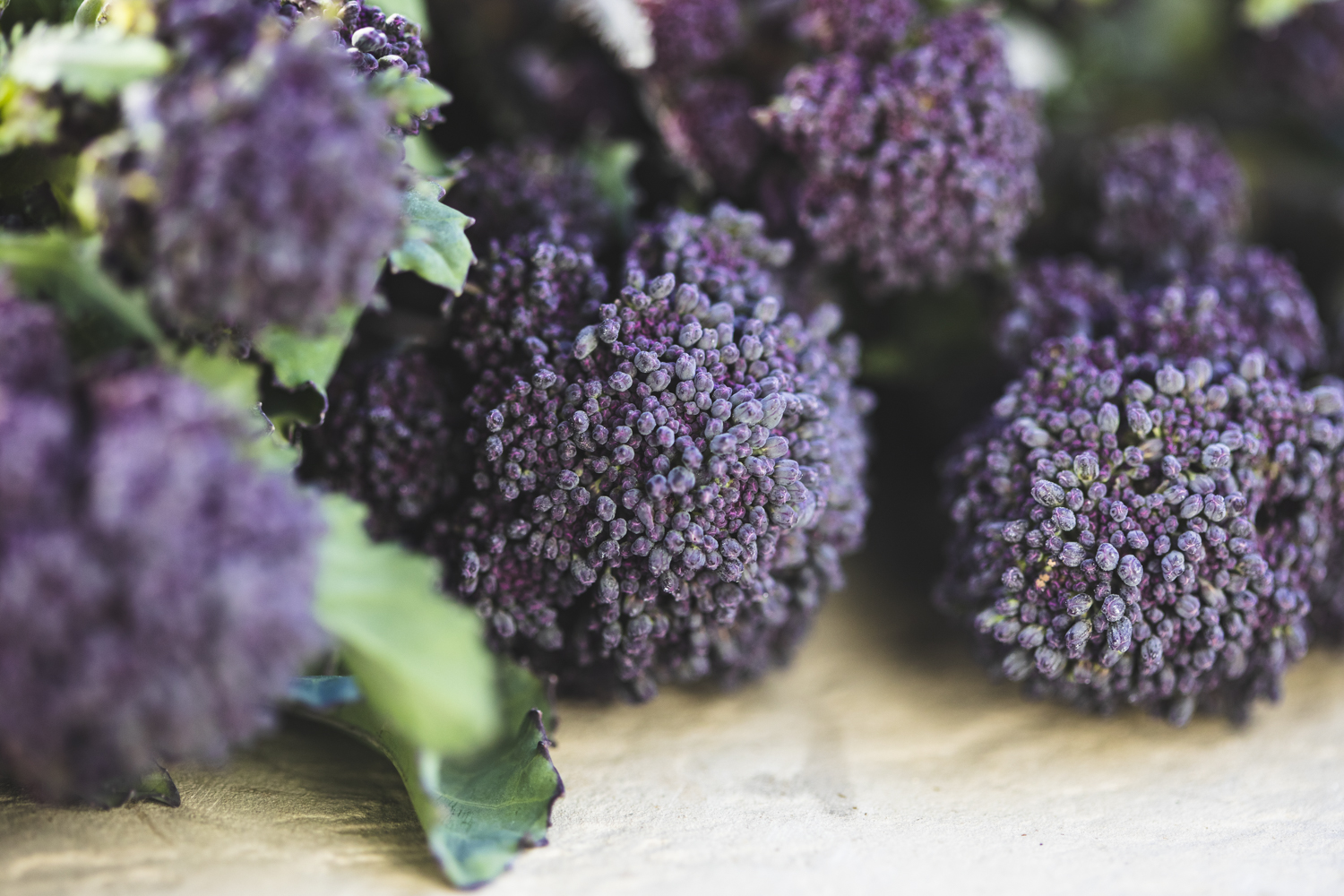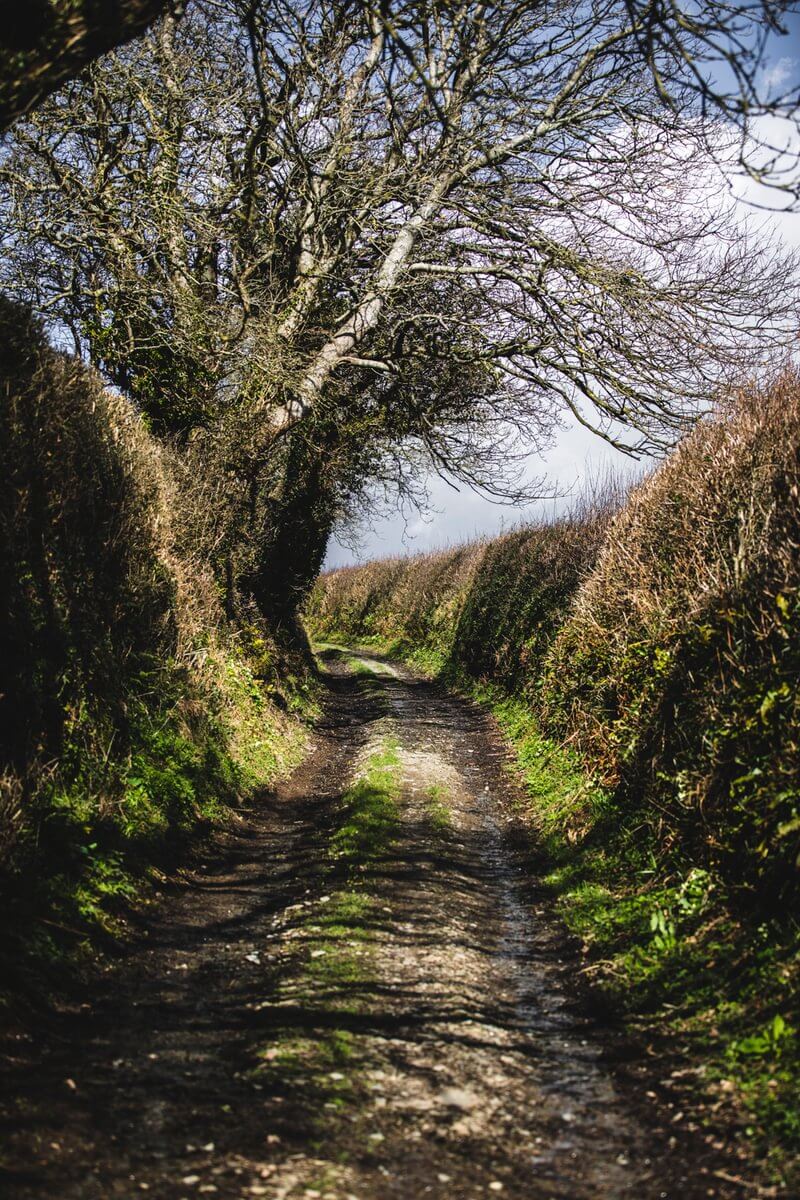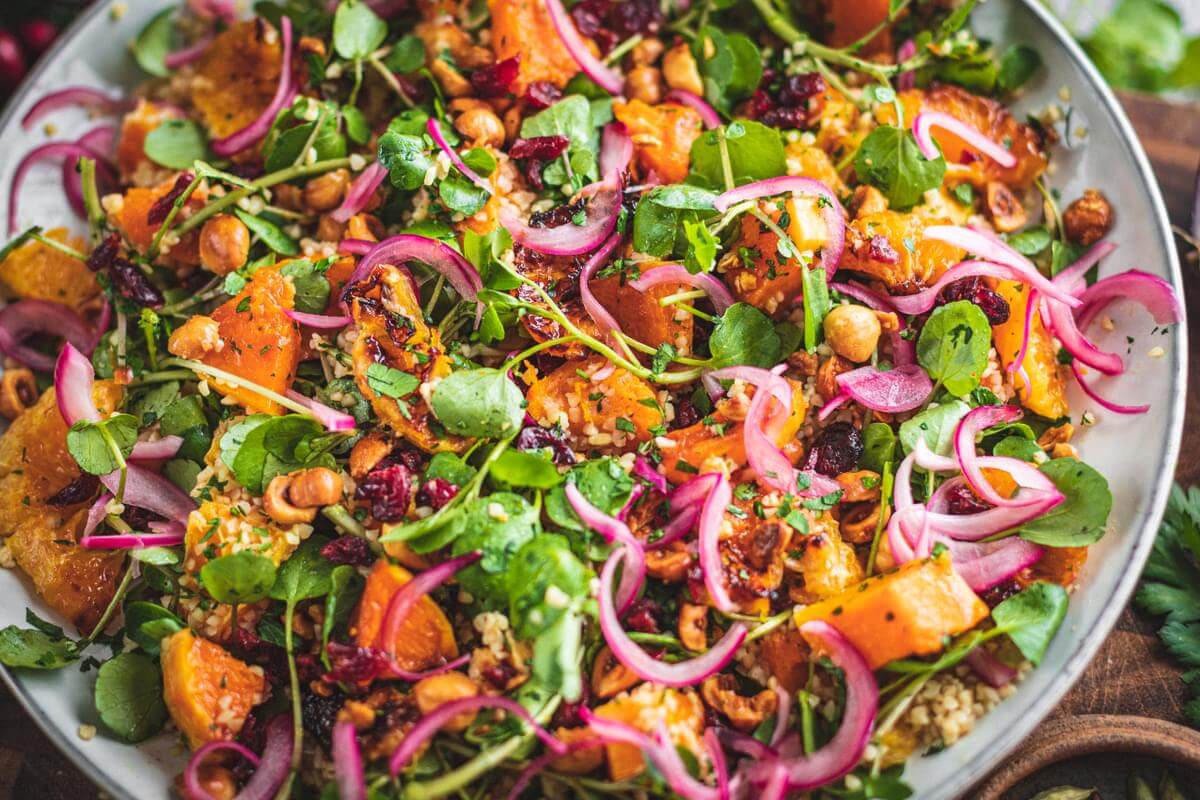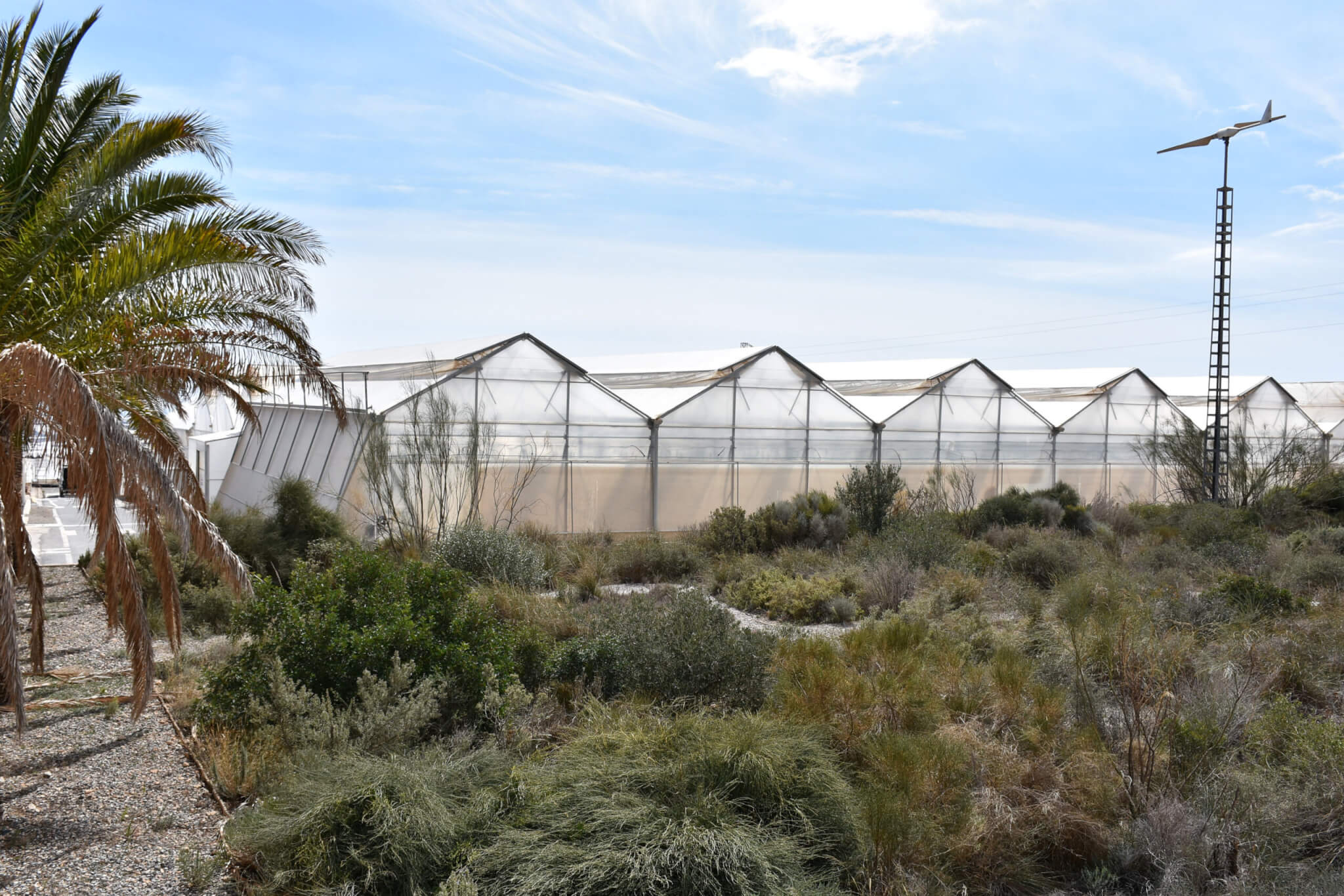February was a kind month. We had some sharp frosts but, on dry and winter-hardened plants, there was no damage. It was dry enough to spread muck and to plough; a welcome change from last spring.
The last of the broad beans and the first of the garden peas were sown in ideal conditions, before being covered with nets to keep off marauding crows. A few potatoes have been planted in the most favoured coastal areas, but it was still a little early for most of us. The first lettuces and cabbages will be ready for planting at the end of this month.
With such high daytime temperatures and dry soils, it seems a shame not to have got more crops in the ground, but we have to plan and sow the seedlings based on past experience and prudent risk assessment; let’s not forget last year’s prolonged cold, wet spring, when early plantings died in waterlogged ground.
With freshly ploughed furrows standing up, creating plenty of air cavities and drainage, the soil will ‘pitch off’ (dry out and change colour) quickly when we get the next warm spell, ready for planting. We are off to a good start.
We have been picking a small amount of purple sprouting broccoli (PSB) since before Christmas – but even though we offer a 40 per cent premium for the early cropping varieties, our co-op members are not queuing up to grow them, so you will not have seen much PSB in the boxes yet.
Growers’ reluctance is partly because of the risk of frost damage as the small, tender heads and side shoots reveal themselves, and partly because it is such slow work to pick them. It can take an hour to fill an 8kg crate, and yields can be as low as 150g per plant or 1.5 tonnes per acre. Meanwhile in Spain, yields of frost-sensitive Calabrese broccoli (which we grow here in the summer) will be three times higher, picking rates five times faster, and labour costs almost half.
I hope that explains why PSB is twice the price of Calabrese at this time, even after paying for the Calabrese’s 1500-mile journey; personally, I would rather eat PSB any day, but I am guessing you may ask why the PSB is more expensive. The later PSB varieties – which are just starting, and will run through to early April – are higher yielding and, with bigger and more uniform heads, are much quicker to pick. So, we will drop our price to you next week. Enjoy it while it’s there; the season is soon gone.












0 Comments